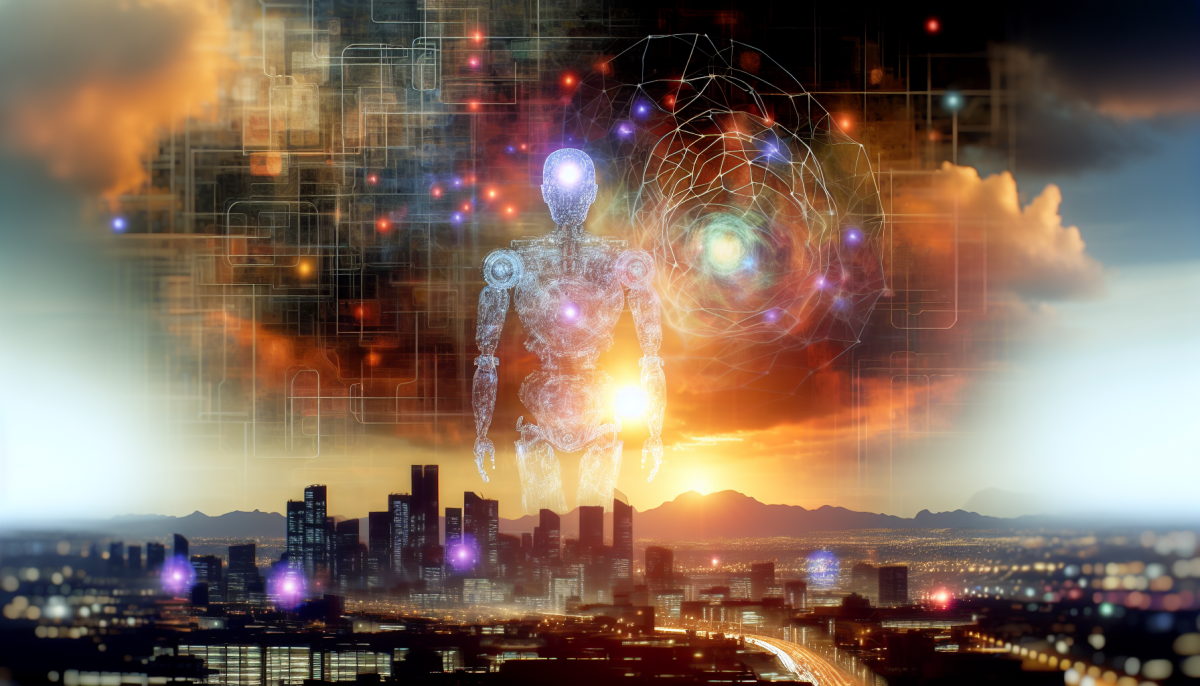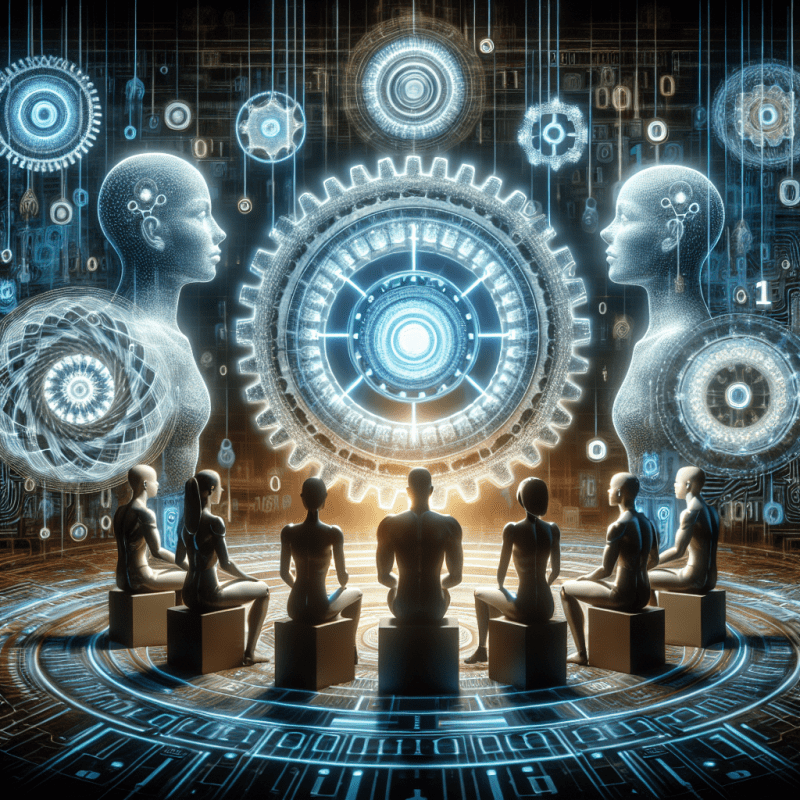Artificial intelligence has a fascinating journey that began way back in the 1950s. Some really smart folks at places like Dartmouth College gathered for a summer workshop where they tossed around ideas about machines simulating human intelligence. That was like the spark that lit the fire for AI development. They believed machines could learn, reason, and even understand language—pretty ambitious thoughts for the time!
Over the next couple of decades, researchers experimented with creating simple programs to solve math problems and play games. Think of early AI like a toddler learning to walk. Sure, it stumbled a lot, but it was starting to make progress. As computers became more powerful in the 1980s, researchers dove deeper into machine learning. They started developing algorithms that allowed computers to learn from data, and that's when things really took off.
Fast forward to the 21st century, and we see AI everywhere. From chatbots trying their best to help you online to self-driving cars navigating the streets. The rise of big data and powerful computing has pushed AI capabilities to new heights. We can train models on tons of information, helping them improve and adapt. It's like teaching a pet new tricks, but way cooler!
Now, artificial intelligence continues to evolve rapidly. Technologies like natural language processing and computer vision have made it possible for machines to understand and respond to human language or recognize images. It’s exciting to think about where AI is heading next. The journey is far from over, and it already feels like we’re just scratching the surface of what machines can do!
Key Milestones in AI Development
AI development has been a wild ride, and some key milestones really stand out. One of the biggest moments was in the mid-1950s when the term "artificial intelligence" was first coined at the Dartmouth Conference. This gathering brought together bright minds who were eager to explore the potential of machines that could think.
Fast-forward to the 1960s, and we see the creation of programs like ELIZA, which could mimic conversation. It amazed people with its ability to chat, even though it was just following set rules. This sparked more interest in making computers that could “understand” language.
Then came the 1980s. After getting a bit rocky, AI took a leap forward with expert systems that used knowledge and rules to solve specific problems, like diagnosing diseases. Companies started seeing real value in AI, which meant more funding and research.
Finally, let's jump to the 2010s when deep learning became the star of the show. Thanks to powerful graphics cards and massive data sets, AI began outperforming humans in tasks like image and speech recognition. We’re still feeling the effects of that breakthrough today, with everything from smart assistants to self-driving cars rolling out across the globe.
Real World Impact of AI Today
AI is all around us, changing the way we live and work. You might not even realize how often you interact with it. From the moment you wake up and ask your smart speaker for the weather to when you scroll through social media and see personalized recommendations, AI is working behind the scenes.
In healthcare, AI is making impressive strides too. Doctors use it to analyze medical images and spot issues more quickly and accurately. This means faster diagnoses and better treatment plans. Imagine getting the right care much sooner—AI is helping make that a reality!
In everyday life, AI helps with mundane tasks like organizing your schedule or sending reminders. Virtual assistants make it easy to manage your day without fuss. And if you love shopping online, AI plays a big role in suggesting products you'll actually like based on your previous purchases.
Even in the job market, AI is creating new opportunities. Companies are looking for people who can work alongside AI tools. Whether it's automating tasks or analyzing data, there's a growing demand for skills that complement AI technology.
Future Trends We Can Expect
The future of artificial intelligence is super exciting. We'll likely see AI becoming a part of our everyday lives in ways we can hardly imagine right now. Think about it: smart assistants that not only schedule your appointments but also anticipate your needs. Imagine an AI that learns your preferences and makes suggestions before you even ask. That's not far off!
One trend we can expect is the rise of personalized AI. This means AI systems that adapt to individual users. Whether it’s your shopping habits, work tasks, or health goals, AI will tailor experiences just for you. No more one-size-fits-all solutions. It’ll feel more like having a personal assistant right at your fingertips.
We might also see AI making major strides in creative fields. From writing and music to art, AI tools will help creators brainstorm and enhance their work. This won’t replace artists; it’ll open up new avenues for creativity, allowing people to collaborate with intelligent systems. Picture an artist using AI to explore new styles and techniques. How cool is that?
Don’t forget about AI in healthcare. Expect smarter diagnostics that can analyze data from tests and medical history faster than any human doctor. Treatment plans could become much more effective, making healthcare more efficient and accessible for everyone. This approach could lead to quicker recovery times and improved overall health outcomes.
Lastly, expect better ethical guidelines as AI grows. As these technologies evolve, there will be more emphasis on responsible use and transparency. This way, we can all feel secure about how AI impacts our lives. With thoughtful regulations, we can harness the benefits of AI while minimizing risks.



